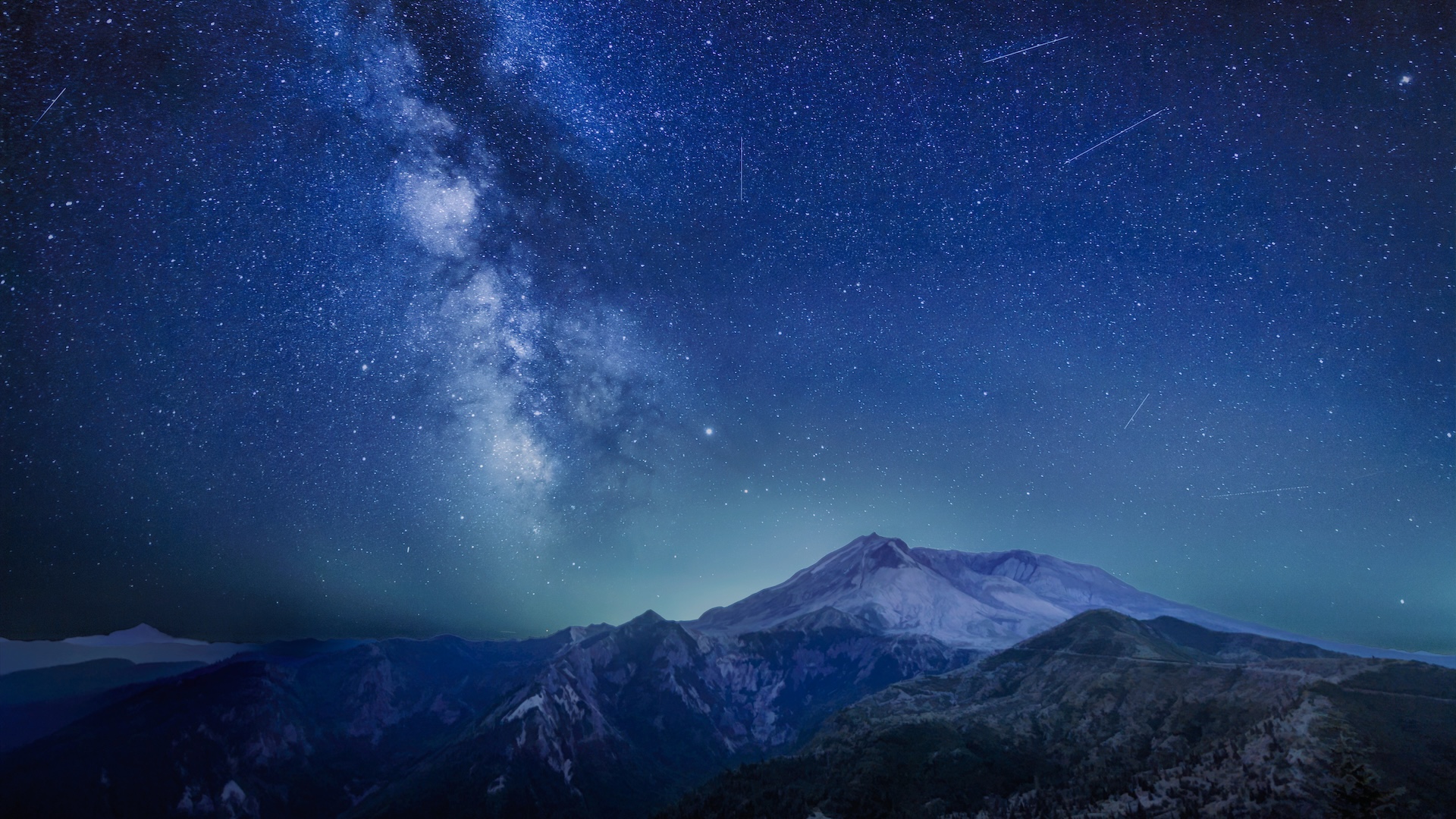
See up to 25 ‘shooting stars’ an hour as Southern Delta Aquariid and Alpha Capricornid meteor showers peak
How did your country report this? Share your view in the comments.
Diverging Reports Breakdown
2 summer meteor showers are about to peak on the same night: How to catch the Alpha Capricornids and Southern Delta Aquariids at their best.
The Southern Delta Aquariids are known for their faint, lingering trails. The second meteor shower to peak overnight on July 29-30 is the Alpha Capricornids. Observers in the Southern Hemisphere will enjoy the best viewing conditions, but from anywhere in the Northern Hemisphere, you can look generally south in the predawn hours on July 30 to have the best chance of success.”Shooting stars” occur when meteoroids from asteroids or comets are left in Earth’s orbital path. When they strike Earth’s atmosphere and burn up, they’re called meteors.
The highlight will be the Southern Delta Aquariids, the stronger of the two showers, with expected rates of up to 20 meteors per hour at the shower’s peak. Active from July 18 to Aug. 12, the Southern Delta Aquariids are known for their faint, lingering trails.
However, the peak of the Southern Delta Aquariids is broad. According to the American Meteor Society , the meteor shower produces good rates for a week centered on the peak night, so it will be worth looking between July 24 and July 31.
As the name suggests, the Southern Delta Aquariids are best seen from the Southern Hemisphere. That’s because the meteors appear to come from the constellation Aquarius, which is low on the southern horizon as viewed from the Northern Hemisphere. Astronomers call this its radiant point. Because Aquarius rises due south and gets highest in the sky in the predawn hours during July, that’s when observers will likely see the most meteors.
“Shooting stars” occur when meteoroids from asteroids or comets are left in Earth’s orbital path. When they strike Earth’s atmosphere and burn up, they’re called meteors . A 3.7-mile-wide (6 kilometers) comet called 96P/Machholz, which was discovered in 1986 and takes 5.3 years to orbit the sun, is responsible for the Southern Delta Aquariids.
Related: How to photograph a meteor shower
The second meteor shower to peak overnight on July 29-30 is the Alpha Capricornids, which will add about five to 10 meteors per hour. Active from July 7 to Aug. 15, the shower’s radiant point is the constellation Capricornus, which is alongside Aquarius in the night sky. That will make shooting stars from the two meteor showers hard to tell apart, but the Alpha Capricornids tend to be particularly bright, slow-moving and colorful. They are the result of the 2-mile-wide (3.2 km) Comet 169P/NEAT, which was discovered in 2002 and takes 4.2 years to orbit the sun.
Sign up for the Live Science daily newsletter now Get the world’s most fascinating discoveries delivered straight to your inbox. Contact me with news and offers from other Future brands Receive email from us on behalf of our trusted partners or sponsors
Observers in the Southern Hemisphere will enjoy the best viewing conditions, but from anywhere in the Northern Hemisphere, you can look generally south in the predawn hours on July 30 to have the best chance of success.
